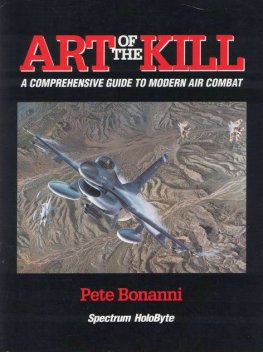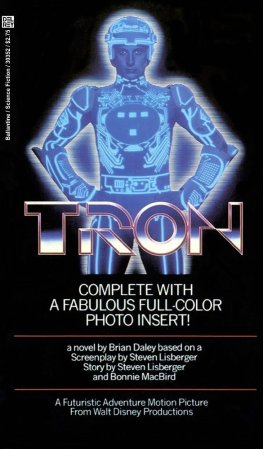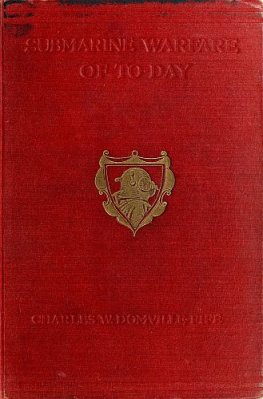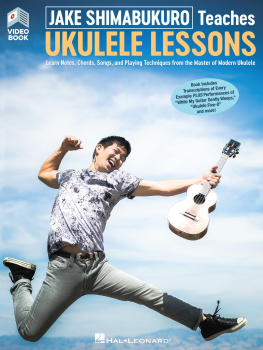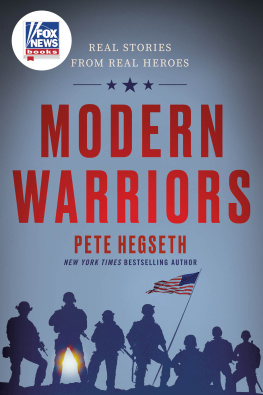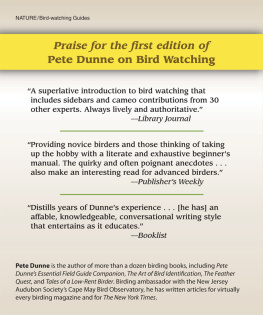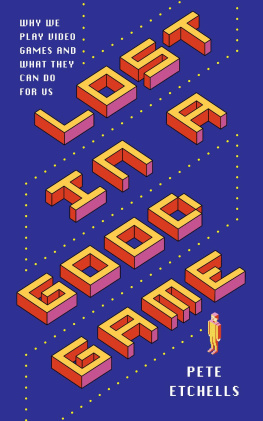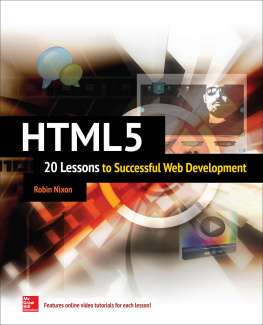Pete Bonanni - The Art of the Kill
Here you can read online Pete Bonanni - The Art of the Kill full text of the book (entire story) in english for free. Download pdf and epub, get meaning, cover and reviews about this ebook. City: Alameda, CA, year: 1993, publisher: Spectrum HoloByte, genre: Children. Description of the work, (preface) as well as reviews are available. Best literature library LitArk.com created for fans of good reading and offers a wide selection of genres:
Romance novel
Science fiction
Adventure
Detective
Science
History
Home and family
Prose
Art
Politics
Computer
Non-fiction
Religion
Business
Children
Humor
Choose a favorite category and find really read worthwhile books. Enjoy immersion in the world of imagination, feel the emotions of the characters or learn something new for yourself, make an fascinating discovery.
- Book:The Art of the Kill
- Author:
- Publisher:Spectrum HoloByte
- Genre:
- Year:1993
- City:Alameda, CA
- Rating:3 / 5
- Favourites:Add to favourites
- Your mark:
- 60
- 1
- 2
- 3
- 4
- 5
The Art of the Kill: summary, description and annotation
We offer to read an annotation, description, summary or preface (depends on what the author of the book "The Art of the Kill" wrote himself). If you haven't found the necessary information about the book — write in the comments, we will try to find it.
The Art of the Kill — read online for free the complete book (whole text) full work
Below is the text of the book, divided by pages. System saving the place of the last page read, allows you to conveniently read the book "The Art of the Kill" online for free, without having to search again every time where you left off. Put a bookmark, and you can go to the page where you finished reading at any time.
Font size:
Interval:
Bookmark:
Pete Bonanni
THE ART OF THE KILL
A Comprehensive Guide to modern Air Combat
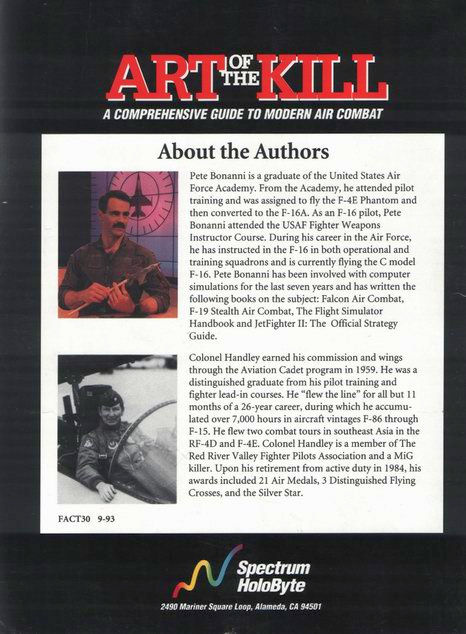
Foreword
Art of the Kill has been designed to teach you the fundamentals of Basic Fighter Maneuvers (BFM). As the name implies, BFM is the cornerstone of tactical fighter aviation. Since its principles are rooted in the laws of physics, geometry and aerodynamics, they are non-negotiable and cannot be finessed.
Depending upon what your expectations were when you purchased Art of the Kill, a couple of learning outcomes are possible. If you watch the videotape only once as you flip through this book, you will probably be mildly entertained and may even retain a few basic principles of BFM. If on the other hand, you read this book in conjunction with repeated reviews of Pete Bonannis excellent videotaped presentations, youll learn and understand the imperatives of how to maneuver aircraft in a visual engagement environment. I can guarantee you that such knowledge will serve you well.
There is a growing myth that the technological sophistication of the modern fighter aircraft has turned aerial combat into a push button form of high-tech warfare. So you may be wondering why, in an era of pulse-doppler radar, low observable technology and sophisticated missiles, should one devote time and energy to learning something as old-fashioned as BFM. Why not simply shoot em in the face before they ever see you? More than a few sincere advocates have been making that argument for years. As an aspiring fighter pilot in the 1950s, I first heard the same siren song when the F-86 was armed with the original AIM-9 Sidewinder missile. The story line then was that missiles of that ilk, used in combination with radar control, were going to make dogfighting a thing of the past with the fighter pilot being relegated to a role of pushing magic buttons upon command. It didnt happen then; it didnt happen with the introduction of the Century Series supersonic fighters; it didnt happen with the development of F-15s, F-16s, F/A-18s or any of the other first-line fighters of today; and if I were a betting man, Id wager that it wont happen anytime soon.
It continues to be my personal belief that some of the detractors of BFM do so simply because of their own ineptitude. Other commanders of the past, who were more interested in personal career advancement than the combat skills of their pilots, disdained BFM because of their fear of losing an aircraft (and their careers). Others really do believe that they will always blow through the merge, never get tangled up, and always let the magic of technology do the work. In my opinion, their theory is as flawed as that of a boxer who declares that he will never hook with a hooker. If you hang around the boxing game long enough, sooner or later you are going to find yourself in that squared ring with the likes of a Joe Frazier. By the same token, if you fly air-to-air combat long enough, one day you will find yourself looking across a turning circle at a guy whose main objective is to see to it that you die for your country. At this point, extending out of the fight is simply not a viable option (unless, of course, you feel that his missile wont run you down). Its like riding a hog there is no way to get off. Its also a terrible time to learn BFM.
Make no mistake about it, though: I do not advocate BFM as a panacea, but instead as an absolutely essential skill within the professional fighter pilots stock and trade. Any thoughtful examination of todays aerial combat arena will show that longevity does not accrue to those who make it their habit to enter into sustained turning engagements at the merge. Such action draws enemy fighters like a magnet and makes you highly vulnerable to the unobserved meat shot. However, great BFM skills will allow you to quickly bring your guns or short-range missiles to bear for the quick kill, while avoiding the pitfalls of the sustained turning fight. They can also ensure that should you find yourself trapped in a 1V1 from which you cannot disengage, that you afford your adversary the opportunity to die for his country.
During the course of World War II, the great German ace, Eric Hartmann, shot down at least 352 enemy fighters while using the single employment tactic of see, decide, attack and break. Could Bubi Hartmann fly great BFM? You bet he could, but unfortunately those most qualified to attest to that fact are no longer here. Yet, he was not single-minded or foolish about the application of his considerable skills. In his book, The Blonde Knight of Germany, he details the folly of sole reliance upon sheer stick and rudder talent and refers to those so inclined as Muscle Flyers (of which, incidentally, there are few, if any, who remain). So if youre looking for a set of baseline employment tactics to adopt, I would suggest that you shamelessly copy that of the Ace of Aces, for they are as valid in todays best fighters as they were almost a half century ago in the Bf-109. The bottom line is that BFM is to air combat as blocking and tackling are to football. Is it worth your time and effort to master it? Ill close with the following observation:
Statistics of aerial combat have consistently shown that approximately 10% of the fighter pilots achieve over 80% of the air-to-air kills. Of the thousands of fighter pilots with whom I have been associated over the years, it has been my good fortune to fly and serve with many of that top 10%. I have never met a single one of them who was not an outstanding BFM pilot. As is said in the accompanying videotape: In the fighter game, if you cant fly great Basic Fighter Maneuvers, youll never amount to a hill of beans.
Good hunting and 6,Phil Hands Handley
6,Phil Hands HandleyPreface
Simply put, the Art of the Kill series is a comprehensive audiovisual guide to modern air-to-air combat.
Anyone who enjoys reading techno-thrillers describing air combat engagements, who likes watching the popular Wings television show, who is interested in the topics of military aviation, air combat or modern flight simulations, and who has wondered how modern jet fighter pilots actually do what they do will enjoy this product. Art of the Kill demonstrates the hows and whys of modern air combat and is the only product of its kind to present its message in a multimedia format.
The Art of the Kill book was written by Pete Bonnani, an Air National Guard officer whose primary job is to train fighter pilots in air-to-air combat. Each chapter in this book begins by describing a situation this Weapons Officer and Instructor Pilot experienced while delivering on-the-ground and in-the-air training to his F-16 pilots. These stories illustrate the complex task of learning modern air combat skills and some of the unusual situations he and his students have experienced in the process.
Most existing books about air-to-air combat are either historical retrospectives, biographies or highly technical texts written primarily as syllabuses for Fighter Weapons training. This is the first study written expressly with the layperson in mind: someone who may find air combat fascinating and may relish the opportunity to understand how it is learned and done, but who has awaited until now an entertaining and understandable treatment of the subject matter.
Immediately following each story in Art of the Kill is a series of explanations and diagrams directly relating to the air-to-air combat situation presented in the story and illustrating step-by-step how modern air combat is learned and successfully executed. In addition, for a real Fighter Weapons School experience, the lesson plans at the end of the book contain written DLOs for each chapter (a training methodology used in actual Fighter Weapons schools), as well as a brief quiz on the material with answer keys.
Font size:
Interval:
Bookmark:
Similar books «The Art of the Kill»
Look at similar books to The Art of the Kill. We have selected literature similar in name and meaning in the hope of providing readers with more options to find new, interesting, not yet read works.
Discussion, reviews of the book The Art of the Kill and just readers' own opinions. Leave your comments, write what you think about the work, its meaning or the main characters. Specify what exactly you liked and what you didn't like, and why you think so.

